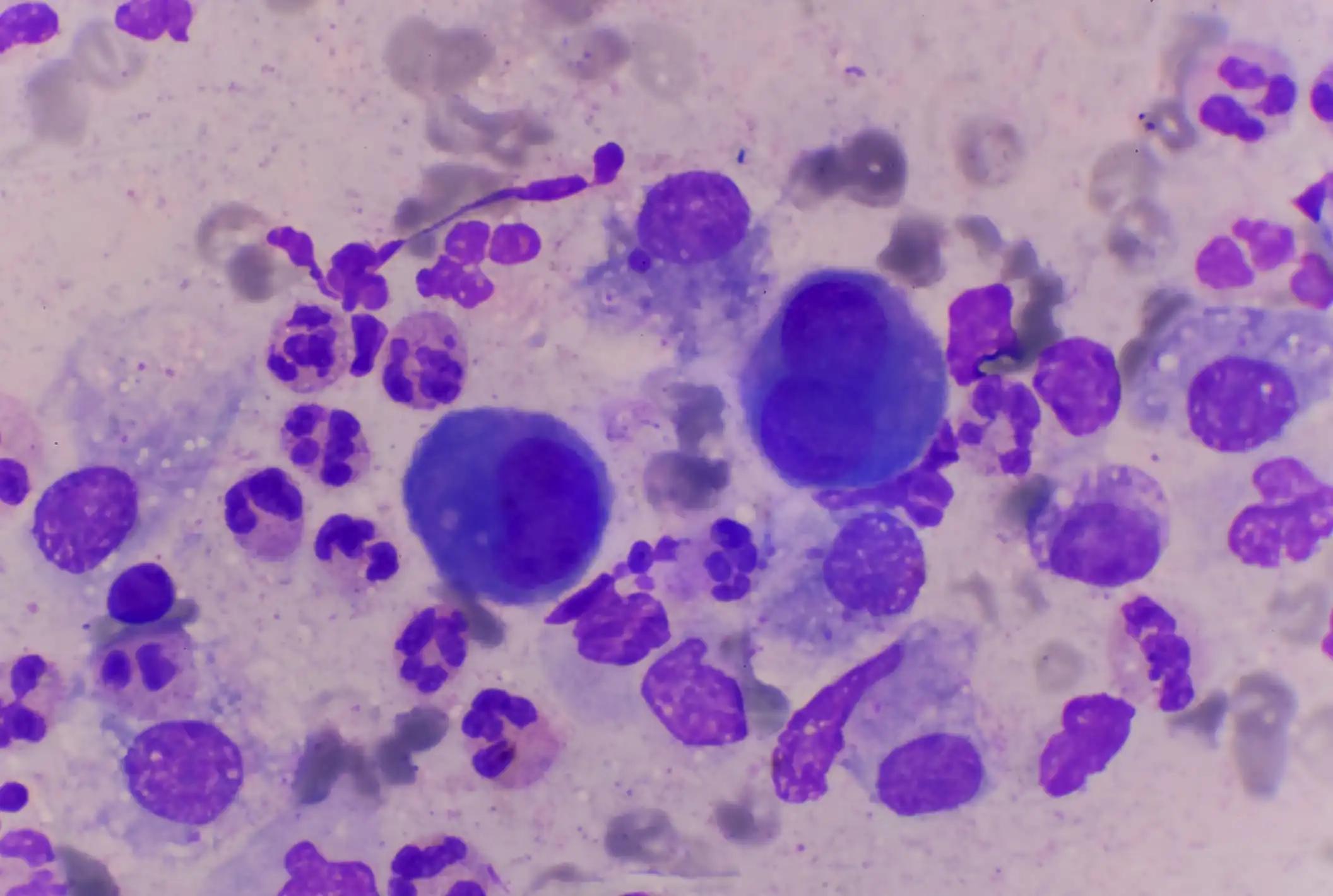KEY TAKEAWAYS
- The phase I trial aimed to compare the characteristics and outcomes of SCLC pts who had BM at baseline to those who did not in the tarlatamab phase 1 study.
- The study enrolled SCLC pts that progressed after at least one platinum-based regimen, including those with treated BM, provided local therapy was delivered at least 2 weeks before the first tarlatamab dose.
- The study found that tarlatamab was effective and safe in ES SCLC pts with or without BM.
Tarlatamab, a new drug, is being studied in patients(pts) with advanced stage small cell lung cancer(SCLC), including those with brain metastases (BM). BM is common in this type of cancer and has a poor prognosis.
Researchers aimed to compare the characteristics and outcomes of SCLC pts who had BM at baseline to those who did not in the tarlatamab phase 1 study.
The study enrolled pts who had SCLC that advanced after at least one platinum-based treatment and were administered tarlatamab (0.003–100 mg IV). Pts with previously treated BM qualified if they had received local therapy at least two weeks before their first tarlatamab dose.
Among the 192 pts who received tarlatamab as a monotherapy, the majority (98%) had good Eastern Cooperative Oncology Group Performance Status (ECOG PS 0–1), with a median age of 62 (range 32–80) years. The median number of prior therapy lines was 2 (range 1–6), with 56% receiving prior anti-PD1/PD-L1 treatment. At screening, 25% of pts had BM, while 74% did not (No BM); data was missing for 1%. BM pts were more likely to have received over 3 prior lines of therapy (BM, 29%; No BM, 9%) and to have a history of previous brain radiation (BM, 85%; No BM, 40%). Tarlatamab demonstrated similar effectiveness in pts with and without BM, as shown by comparable objective response rates(ORR; 20%, 25%) and disease control rates (DCR; 59%, 50%). The median duration of response (DoR) was 14.9 months for BM and 13.0 months for No BM, while the median overall survival (OS) was 13.2 months for BM and 15.5 months for No BM. The two groups had similar safety profiles in terms of treatment-related adverse events (TRAEs; BM, 90%; No BM, 94%) and (gr) ≥ 3 (BM, 38%; No BM, 39%).
The study found tarlatamab is effective and safe in ES SCLC pts with or without BM.
Source: https://ascopubs.org/doi/abs/10.1200/JCO.2023.41.16_suppl.8582
Clinical Trial: https://www.clinicaltrials.gov/study/NCT03319940
Stephane Champiat, Michael J. Boyer, Ramaswamy Govindan, Luis G. Paz-Ares, Taofeek K. Owonikoko, Hossein Borghaei, Hiroki Izumi, Neeltje Steeghs, Fiona Helen Blackhall, Angelika Terbuch, Melissa Lynne Johnson, Tatsuya Yoshida, Kai He, Yuyang Zhang, Simon Jones, Xi Chen, Pablo Martinez, and Horst-Dieter Hummel. DOI: 10.1200/JCO.2023.41.16_suppl.8582 Journal of Clinical Oncology 41, no. 16_suppl (June 01, 2023) 8582-8582.



